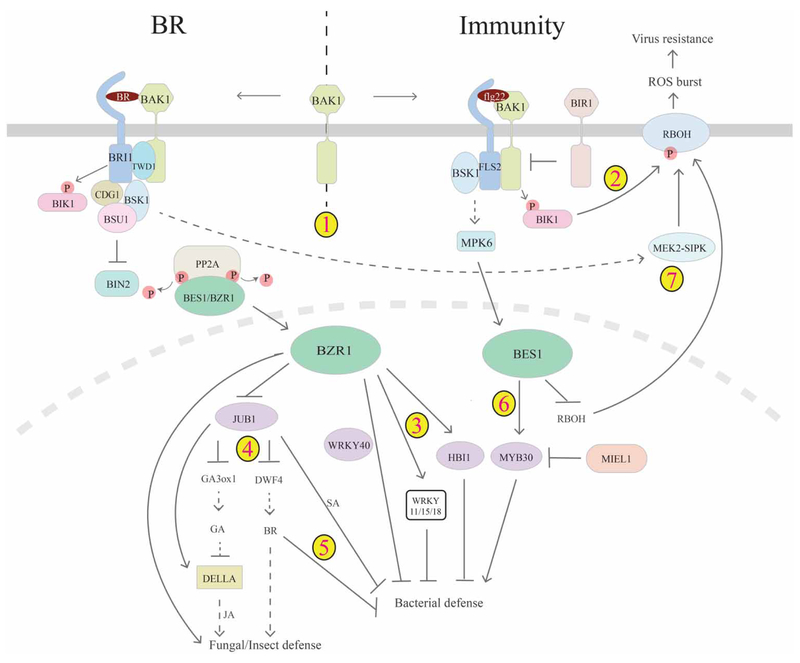Figure 4. Cross-talk between BR and immunity.
There is multi-layer cross-talk between BR and plant immunity pathways. 1. Genetic studies indicated that BR and PAMP receptors may compete for common co-receptor BAK1, thus enabling BR repression of PTI. 2. Bacterial infection leads to phosphorylation and activation of BIK1, which activates RBOH and ROS burst to confer hypersensitive response. 3. In the nucleus, BR-activated BZR1 can inhibit PTI-mediated defense gene expression through WRKY11/15/18, HBI1 or in collaboration with WRKY40. 4. BZR1 can also function through JA and GA pathways (directly or through NAC transcription factor JUB1) to regulate fungal defense. 5. JUB1 can modulate BR and SA pathways to inhibit bacterial defense. 6. In contrast, BES1 is activated by the MAPK pathway and plays a positive role in bacterial defense, which involves MYB30, its E3 ligase MIEL1 and likely other regulators. 7. Recent studies also suggest that BR signals to activate MEK2–SIPK through BRI1 and BSK1, which in turn triggers RBOH to generate ROS to confer virus resistance. On the other branch, BES1 inhibits the expression of RBOH and thus virus resistance, mediating tradeoffs between BES1-promoted growth and virus resistance.

